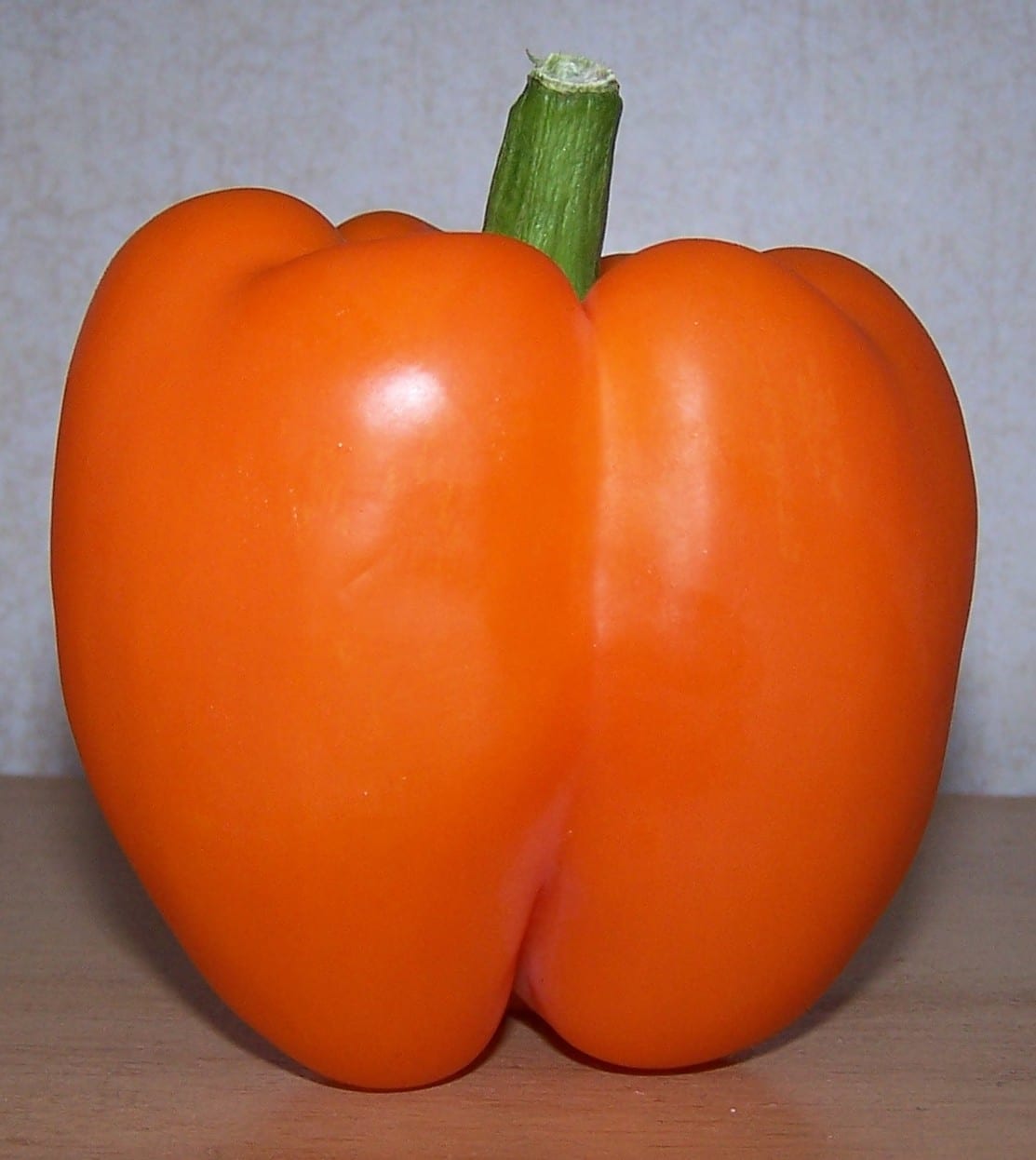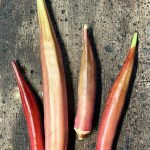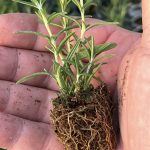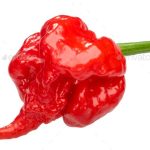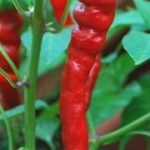Pepper, Orange Bell
Price range: $0.99 through $5.99
Discount per quantity
| Quantity | 3 - 8 | 9 - 14 | 15+ |
|---|---|---|---|
| Price | Price range: $0.96 through $5.81 | Price range: $0.93 through $5.63 | Price range: $0.89 through $5.39 |
| % Discount | 3% | 6% | 10% |
Description
Orange Bell Pepper: Sweet Flavor and Vibrant Color for Your Garden
Orange bell peppers are more than just beautiful. They’re packed with sweetness, crunch, and color that brighten both your garden and your plate. Known for their thick walls and juicy bite, these peppers are easy to grow and reward you with a heavy harvest when given the right care.
What Makes Orange Bell Peppers Special?
Orange bell peppers stand out for their bold color and balanced flavor. They’re milder and sweeter than green peppers, with a taste that pairs well with almost anything. Their bright orange hue develops as they ripen, signaling higher vitamin content, especially vitamin C and beta-carotene.
- Color: Vibrant orange
- Flavor: Sweet, mild, and crisp
- Texture: Thick walls, juicy interior
- Nutritional Value: Rich in antioxidants and vitamin A
These peppers are ideal for fresh eating, roasting, stuffing, or adding a burst of color to salads and stir-fries.
Growth Habit and Plant Features
- Type: Warm-season vegetable
- Plant Size: 18 to 24 inches tall
- Fruit Size: 3 to 4 inches across
- Days to Maturity: About 70–80 days after transplanting
- Yield: Multiple fruits per plant through the season
Best Growing Conditions
Sunlight
Orange bell peppers thrive in full sun—aim for at least 6 to 8 hours daily. The more sun, the sweeter the peppers.
Soil
They prefer well-draining, fertile soil enriched with compost. A slightly acidic to neutral pH (6.0–6.8) works best.
Temperature
Warmth is crucial. Soil should reach at least 60°F before planting. Daytime temperatures of 70–85°F are ideal. Avoid cold snaps, which can stunt growth.
Planting Tips
- Start Indoors: Begin seeds indoors 8–10 weeks before your last frost.
- Harden Off: Acclimate seedlings outdoors for a week before transplanting.
- Spacing: Set plants 18 inches apart in rows 24–30 inches apart.
- Transplant Carefully: Plant after all frost danger has passed and soil is warm.
Water and Feeding
- Watering: Keep soil consistently moist but not soggy. Deep watering once or twice a week is better than frequent shallow watering.
- Mulching: Add organic mulch to retain moisture and regulate soil temperature.
- Fertilizing: Use a balanced fertilizer when planting and again when flowers appear. Avoid too much nitrogen—this leads to leafy growth but fewer peppers.
Common Problems and Solutions
- Blossom End Rot: Caused by uneven watering or calcium deficiency. Maintain even moisture and add calcium if needed.
- Aphids and Spider Mites: Rinse off with water or use insecticidal soap.
- Sunscald: Provide light shade during extreme heat to prevent white spots on fruit.
Harvesting Orange Bell Peppers
- Timing: Harvest when fully orange for maximum sweetness.
- Technique: Use scissors or pruners to cut peppers off, leaving a short stem to avoid damaging the plant.
- Frequency: Regular picking encourages more fruit production.
Culinary Uses
Orange bell peppers shine in the kitchen:
- Eat raw with dips or in salads.
- Roast for smoky sweetness.
- Stuff with grains or meat for hearty meals.
- Blend into soups or sauces for color and flavor.
- Sauté with onions and herbs for an easy side dish.
Why Gardeners Love Orange Bell Peppers
These peppers combine beauty, taste, and nutrition in one compact plant. They’re a top choice for container gardens, raised beds, or traditional plots. Their bright fruits add cheer to the garden and versatility to your meals.
A Burst of Sweetness for Every Harvest
Growing orange bell peppers connects you with the season’s warmth and rewards you with color and flavor you can taste. Each bite brings a reminder of sun-filled days in the garden. Plant them once, and you’ll find yourself craving their sweetness every summer.
Additional information
| Weight | N/A |
|---|---|
| Options | Seed 10 count, 3.5 in. (12.3 fl. oz.) Pot |

